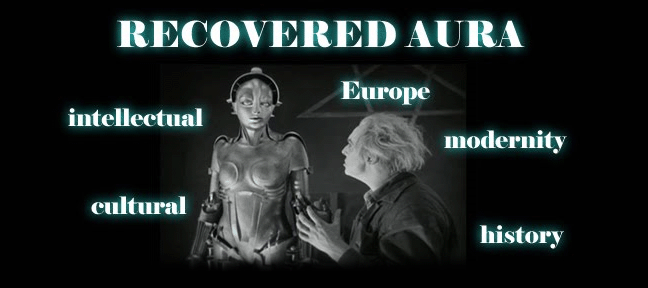Our first example is Neuschwanstein, a magnificent castle built by Ludwig II, King of Bavaria (1845-1886). Ludwig was nicknamed "the mad" and his erratic behavior, inneptitude as a ruler and extravagent life-style may have led to his being murdered by his own government. His life is fascinating and if we have him to thank for anything, it is his complete and total support for Richard Wagner, whom he worshipped and protected for many years. With Ludwig's support Wagner was able to find space and time to complete many of his major operas. Neuschwanstein is an homage to the idealized, folkloric medievalism that is found in so many of Wagner's operas.
 Ludwig II, King of Bavaria, about 1865
Ludwig II, King of Bavaria, about 1865 Late 19th C. illustration of Wagner at the piano (that may be Ludwig in the background)
Late 19th C. illustration of Wagner at the piano (that may be Ludwig in the background)Our second (and much earlier) example of Romantic medievalism is the home of the English eccentric, diplomat and author Horace Walpole (1717-1797). Called "Strawberry Hill", this castle-like country house is an example of the Gothic Revival, the name of a movement which began in the 18th C. but which continued in various ways to influence architecture, art and decorative objects into the Victorian period. It's important to note that though the Gothic revival was well underway before 1789, this important trend of idealizing a medieval past fed into the Romantic movement as nostalgia for a simpler, more ordered way of life seized much of Europe.
Take a look at the fan-vaulting of the ceiling of Strawberry Hill's main gallery, then compare it to the ceiling of Westminster Abbey's Lady Chapel, bulilt during the reign of the first Tudor Monarch Henry VII. The Gothic Revivalists and, later, the Romantics were looking to the pre-industrial, chivalric past for clues as to how to approach both aesthetic and social issues.
 The exterior of Strawberry Hill, built/rebuilt from 1748-1771
The exterior of Strawberry Hill, built/rebuilt from 1748-1771 19th C. illustration of the interior of Strawberry Hill, note the fan-vaulting
19th C. illustration of the interior of Strawberry Hill, note the fan-vaulting Fan-vaulted ceiling of Henry VII's chapel, Westminster Abbey, 18th C. painting,
Fan-vaulted ceiling of Henry VII's chapel, Westminster Abbey, 18th C. painting, the chapel itself was begun 1503.


No comments:
Post a Comment